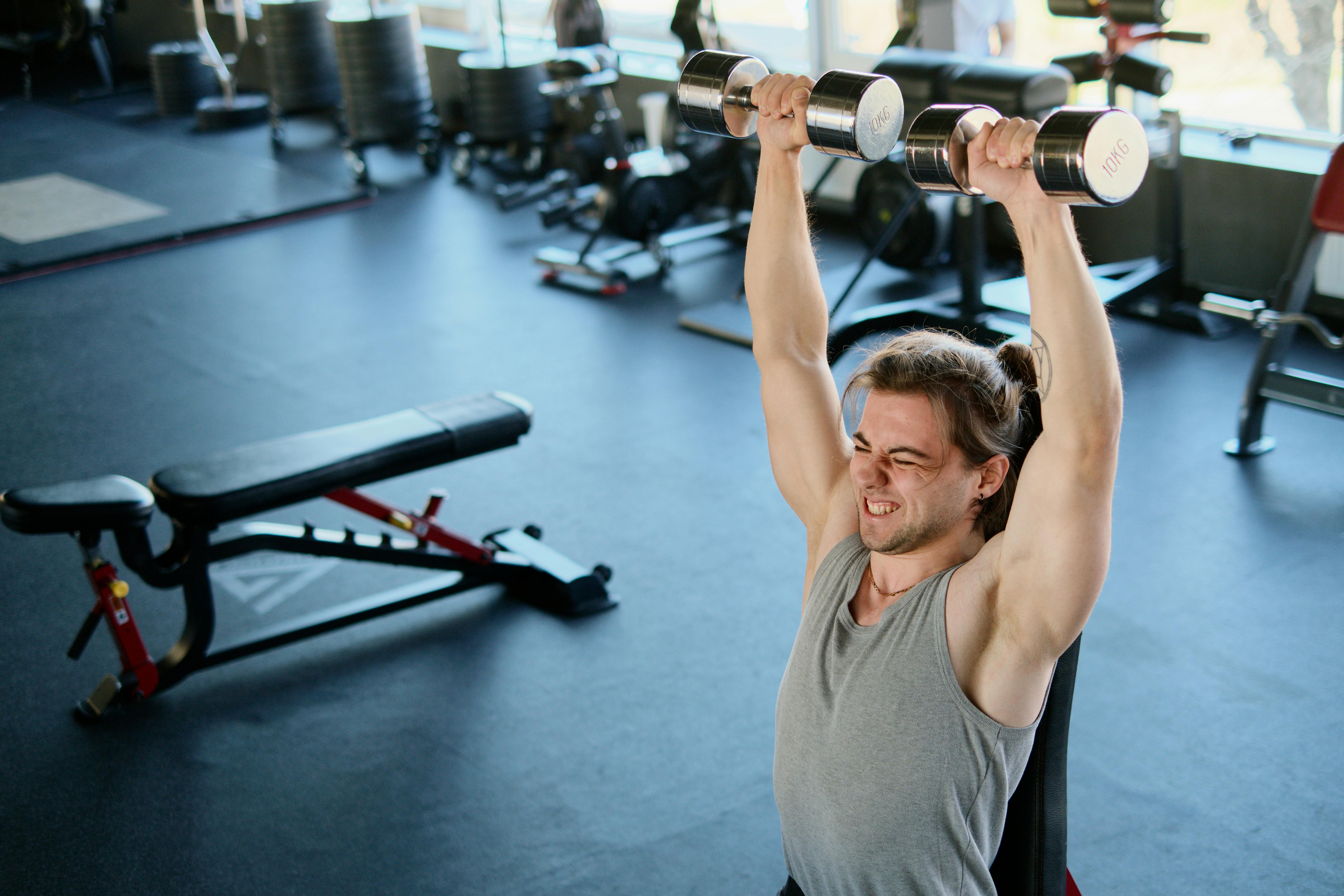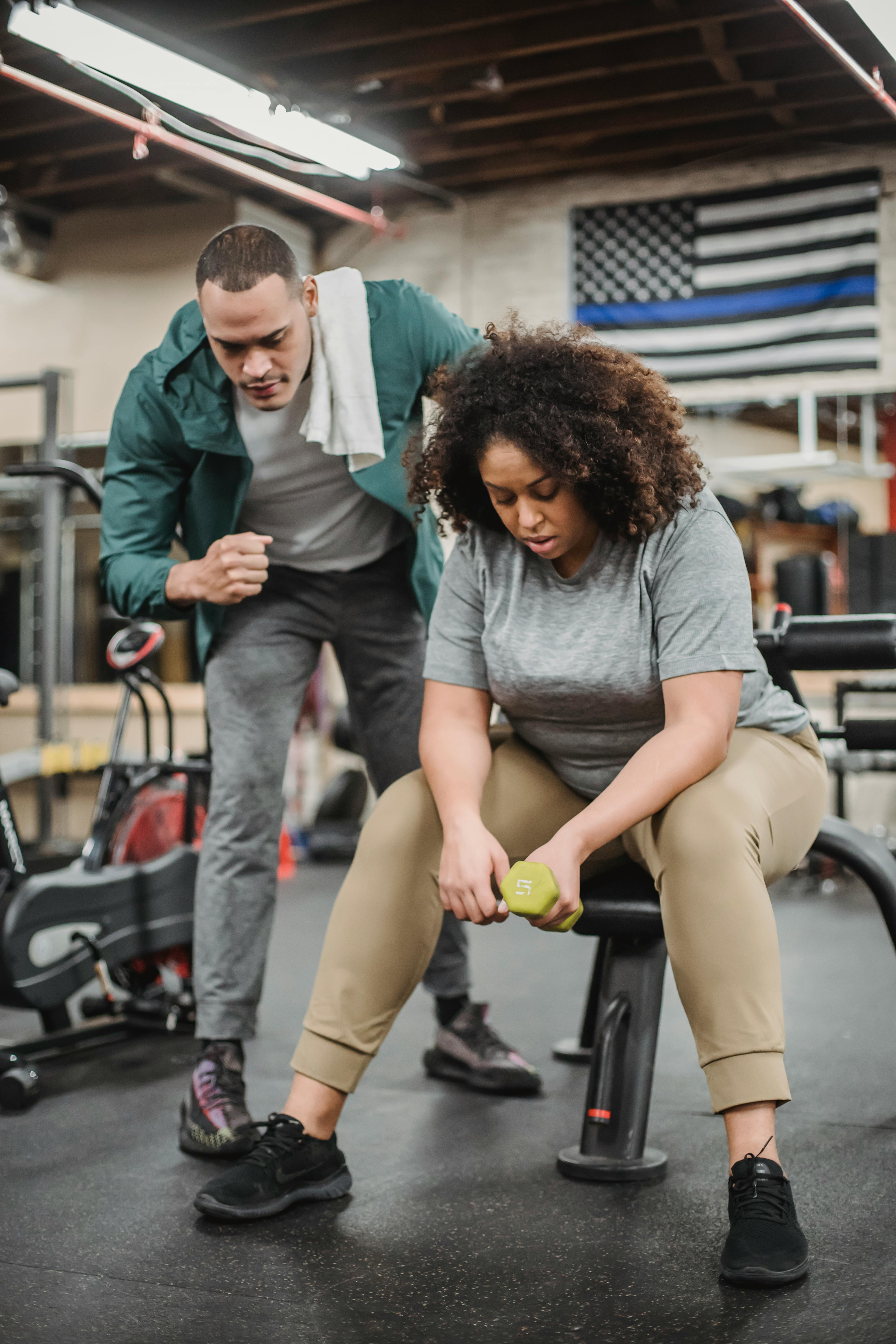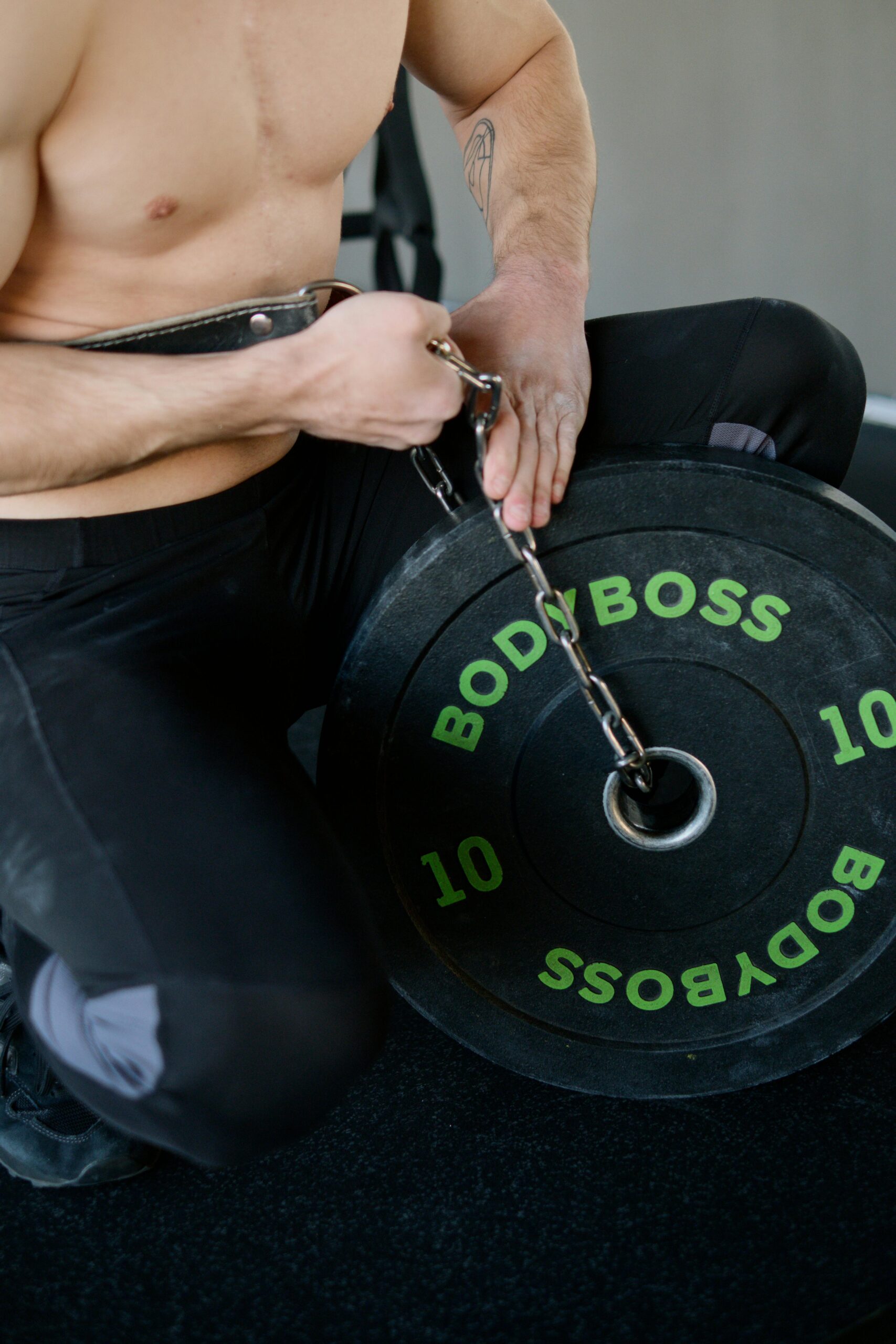Best 5 Dumbbell Exercises for Chest Without Bench in 2025: Improve Your Strength!
When it comes to building a strong and defined chest, many fitness enthusiasts shy away from dumbbell exercises without a bench, thinking they won’t get the same benefits. However, 2025 is proving to be a year where home workouts focus more on innovative approaches to strength training, making it essential to know effective dumbbell exercises for the chest that do not require a bench. These exercises not only build muscle but also enhance functional strength, stability, and balance.
This article outlines the best dumbbell exercises for the chest, focusing on techniques that maximize engagement and efficiency without the need for a bench. Each movement is designed to improve muscle growth (Brustmuskelaufbau) and overall fitness. We will also cover training tips, variations, and the importance of incorporating these workouts in your routine.
Let’s dive into the top 5 exercises that cater to your chest-training needs while ensuring you achieve the physique you desire!

Essential Dumbbell Exercises for Chest Without a Bench
1. Dumbbell Press Standing
The standing dumbbell press is an excellent way to target your chest without the need for a bench. By engaging your core and stabilizing muscles, this variation not only works the pectoral muscles (Pecs) but also promotes better balance and posture.
To perform this exercise, stand with your feet shoulder-width apart, holding a dumbbell in each hand at shoulder level. As you engage your chest muscles, press the weights overhead until your arms are fully extended. Lower the dumbbells back to shoulder height and repeat for 3 sets of 10-12 reps.
Be sure to keep your back straight and avoid overarching your spine. If you find any discomfort, consider reducing the weight or consulting with a trainer for proper form. This exercise can be seamlessly integrated into your weightlifting routine (Krafttraining Brust).
2. Dumbbell Flyes
Dumbbell flyes are another effective movement that isolates the chest muscles while promoting flexibility in the shoulders. This exercise can help you develop a full range of motion and enhance your overall muscle engagement.
To begin, lie on the floor with a dumbbell in each hand, arms extended above your chest. With a slight bend in your elbows, lower the dumbbells to either side until you feel a gentle stretch in your chest. Bring the weights back together, squeezing your pecs as you complete a full rep. Aim for 3 sets of 8-10 reps, ensuring that each movement is controlled for optimal results.
Implementing slow movements (Langsame Bewegungen Brusttraining) will further increase muscle tension, contributing to better hypertrophy.
3. One-Arm Dumbbell Press
This variation of the dumbbell press not only targets the chest but also engages the core significantly more than traditional pressing. The unilateral nature of the exercise forces your body to stabilize itself, promoting overall strength.
To execute the one-arm dumbbell press, start by lying on your side, holding a dumbbell in your top hand. Press the dumbbell straight up while keeping your feet flat on the floor for support. Lower the weight down to shoulder level and repeat. Switch sides after completing the reps. This approach allows for better isolation and can help with muscle imbalances.
4. Dumbbell Chest Squeeze
The dumbbell chest squeeze is a simple yet highly effective exercise for building chest strength. It allows you to focus solely on the contraction of the pectoral muscles without additional assistance from other muscle groups.
To perform this exercise, stand or sit with a dumbbell in each hand, held palms together. Squeeze the dumbbells as hard as you can while extending your arms straight out in front of you and then back to the starting position. This is a great way to improve your muscle engagement (Brustmuskel Engagement erhöhen)
5. Push-Up with Dumbbells
Incorporating dumbbells into your push-ups can elevate your regular routine, providing an extra challenge and greater range of motion. This compound move strengthens not only the chest but also the shoulders and triceps.
To start, place a dumbbell in each hand on the floor, and assume a push-up position. Perform a regular push-up while gripping the dumbbells, ensuring that your body remains straight and your core is engaged. Aim for 3 sets of 8-10 reps. This variation helps in enhancing the overall efficiency of your push-up routine.
Building on these fundamentals allows you to focus on your muscle development without needing a bench. Incorporating these exercises will help significantly enhance your strength and definition.

Effective Training Tips for Chest Development
Proper Form is Crucial
Ensuring proper form during workouts is essential for maximizing effectiveness and minimizing injury risk. Always prioritize quality over quantity to engage the appropriate muscles (Fitness für die Brustmuskeln).
Taking the time to learn the correct techniques and engage a trainer for feedback will significantly enhance your workout efficiency. Engage your core and maintain proper alignment, especially in free weight exercises.
Incorporate Variations Regularly
To prevent your muscles from adapting and to promote continuous growth, changing your workouts and introducing new variations is critical. Experimenting with exercises like the two-handed dumbbell exercises (Zweihändige Kurzhantel Übungen) or alternating movements can add excitement and challenge to your routine.
Adapting your training strategy every few weeks will promote muscle hypertrophy and combat plateaus effectively.
Nutrition and Recovery
Nutrition plays an essential role in muscle development and recovery. For optimal results, ensure you consume a balanced diet rich in protein and vital nutrients to support muscle repair and provide the energy needed for workouts.
Don’t forget the importance of rest days and proper recovery techniques, which give your muscles time to recuperate and grow.
Addressing Common Concerns in Chest Training
Is It Safe to Train Without a Bench?
Absolutely! Training without a bench is not only safe but also beneficial in many cases. Using other stabilizing exercises can improve your overall functional strength and muscle engagement.
Incorporating bodyweight exercises (Körpergewichtstraining Brust) also allows for a deeper connection with your muscle fibers while reducing excessive strain often felt during bench exercises.
How Often Should I Train My Chest?
The frequency of training your chest should align with your overall fitness goals and your body’s response to the workouts. For most individuals, training the chest 2-3 times per week provides a sufficient stimulus for growth.
Ensure to include rest days in your program and mix in different leg and back exercises to promote balanced development.
This naturally leads us to consider how these workouts can be integrated into a comprehensive fitness program that can leverage every aspect of your fitness journey.
Conclusion: Embrace the Power of Dumbbell Chest Exercises
Dumbbell exercises focusing on the chest can be highly effective, especially when performed without a bench. They not only enhance muscle growth but also contribute significantly to overall upper body strength and stability. By incorporating these movements into your training routine, you will maximize your potential for developing a strong and muscular chest.
Remember to focus on form, nutrition, and consistent variation in your routine to challenge your muscles effectively. Share your experiences and achievements, and explore further [here](https://sexyvideo.website/?p=1284) for more related topics and resources!
